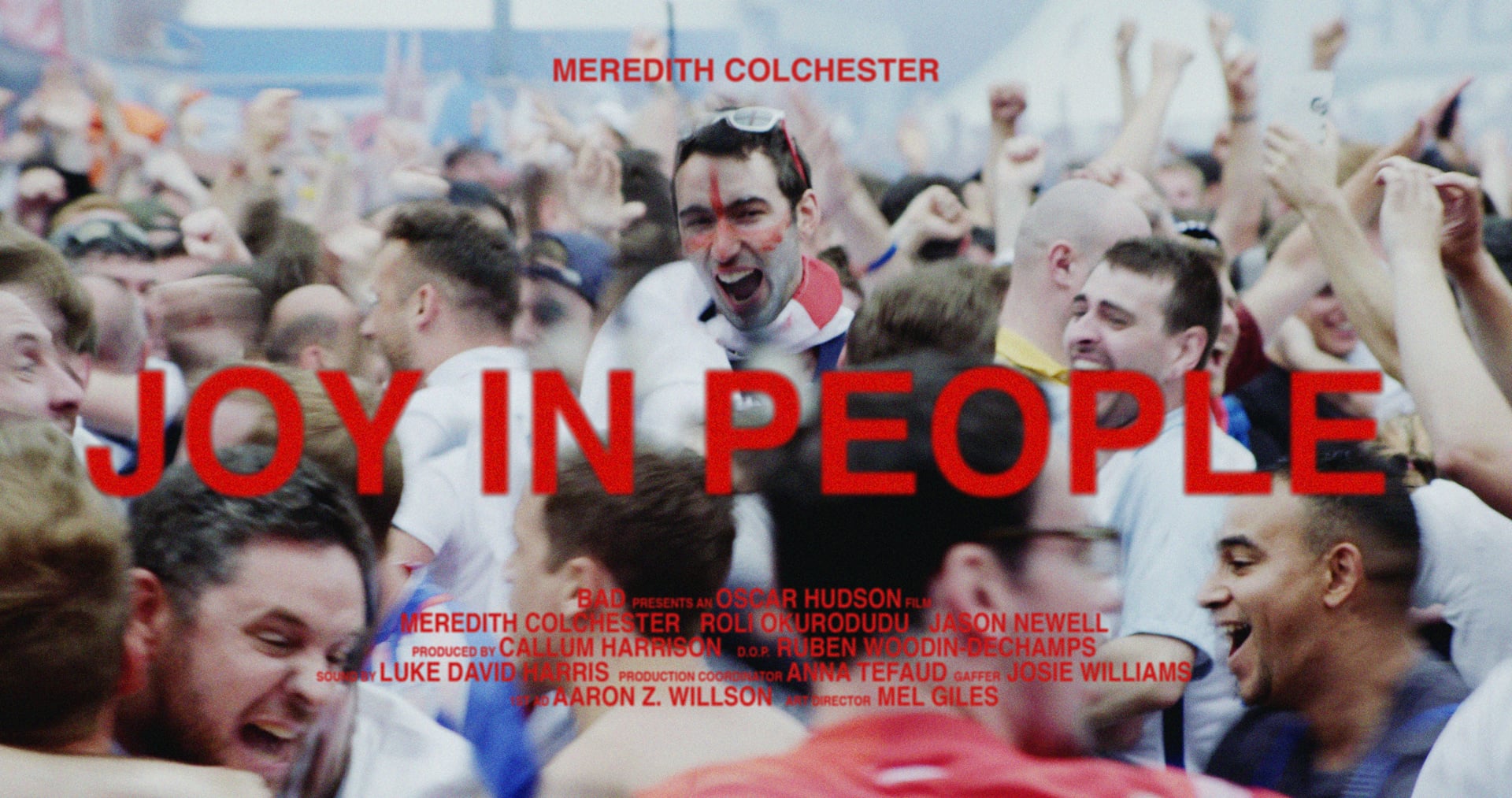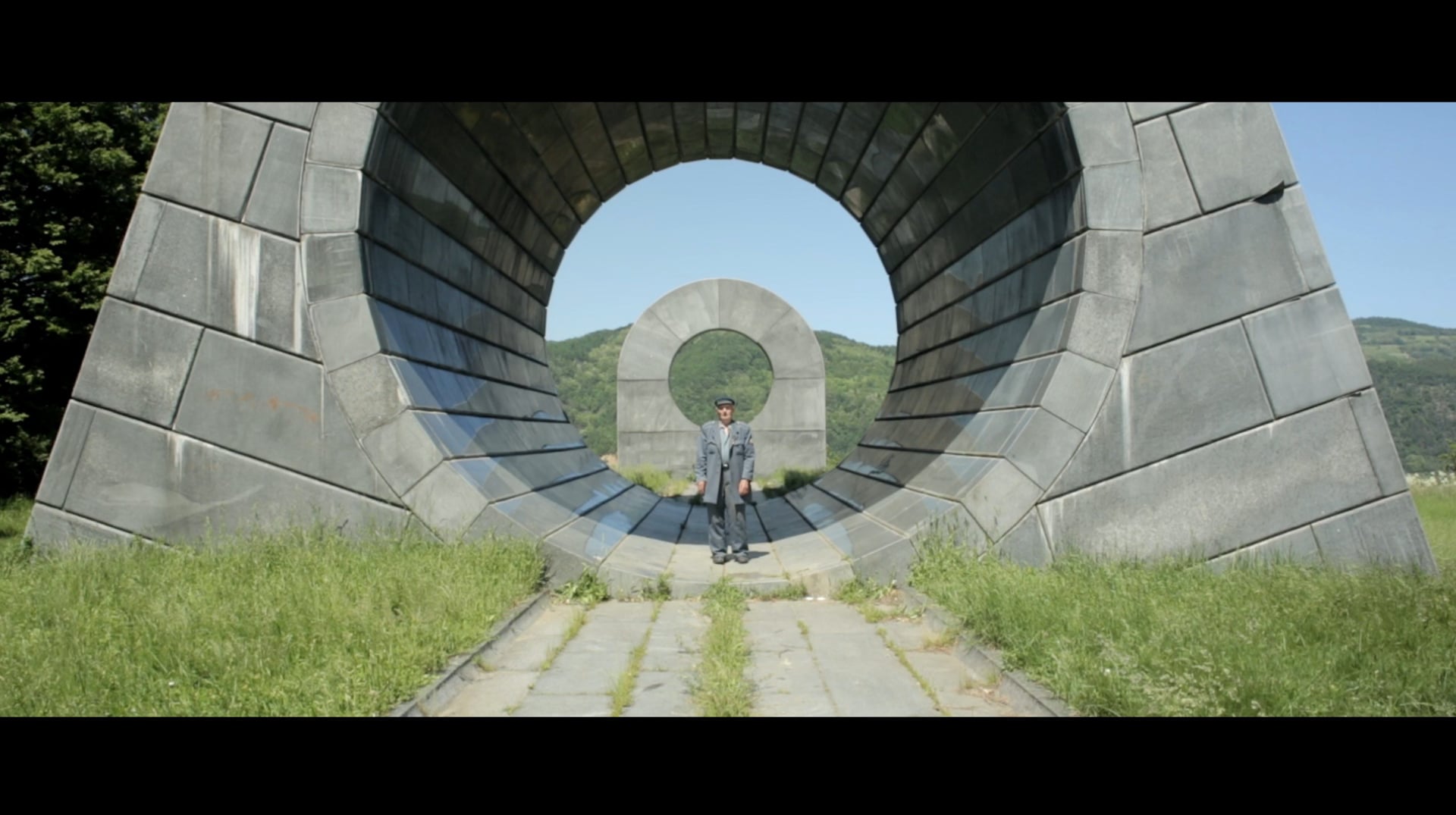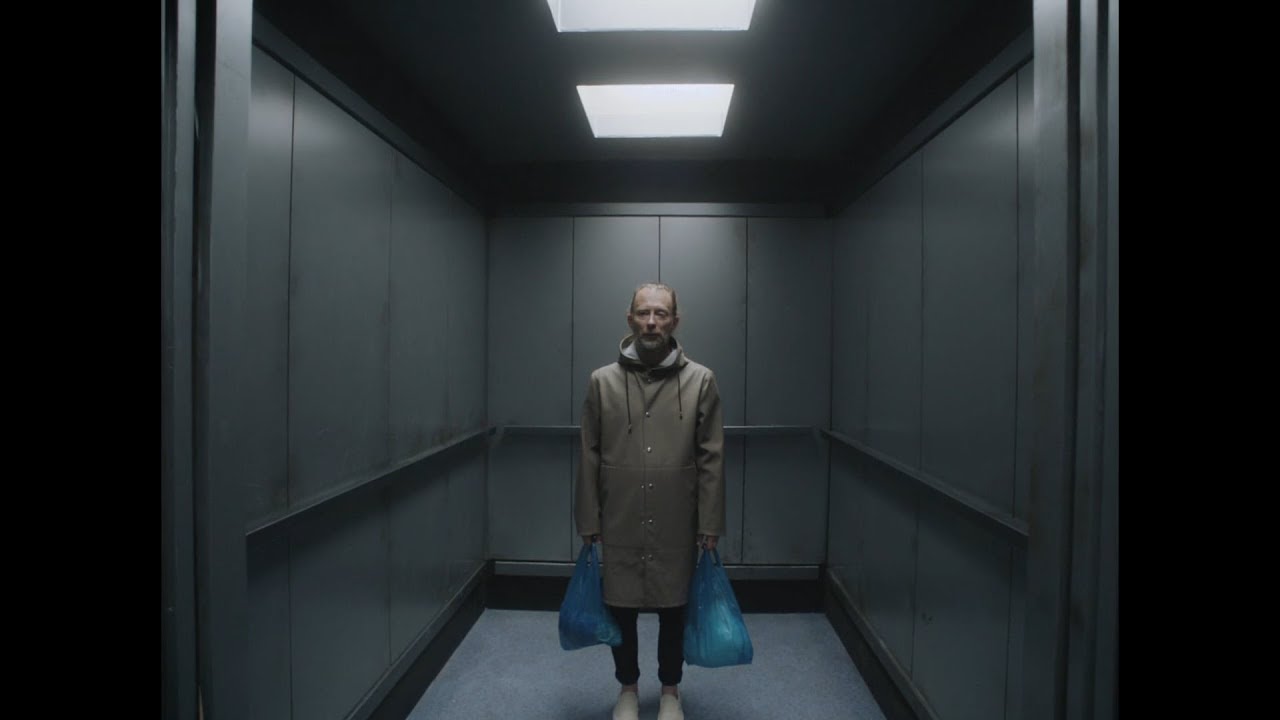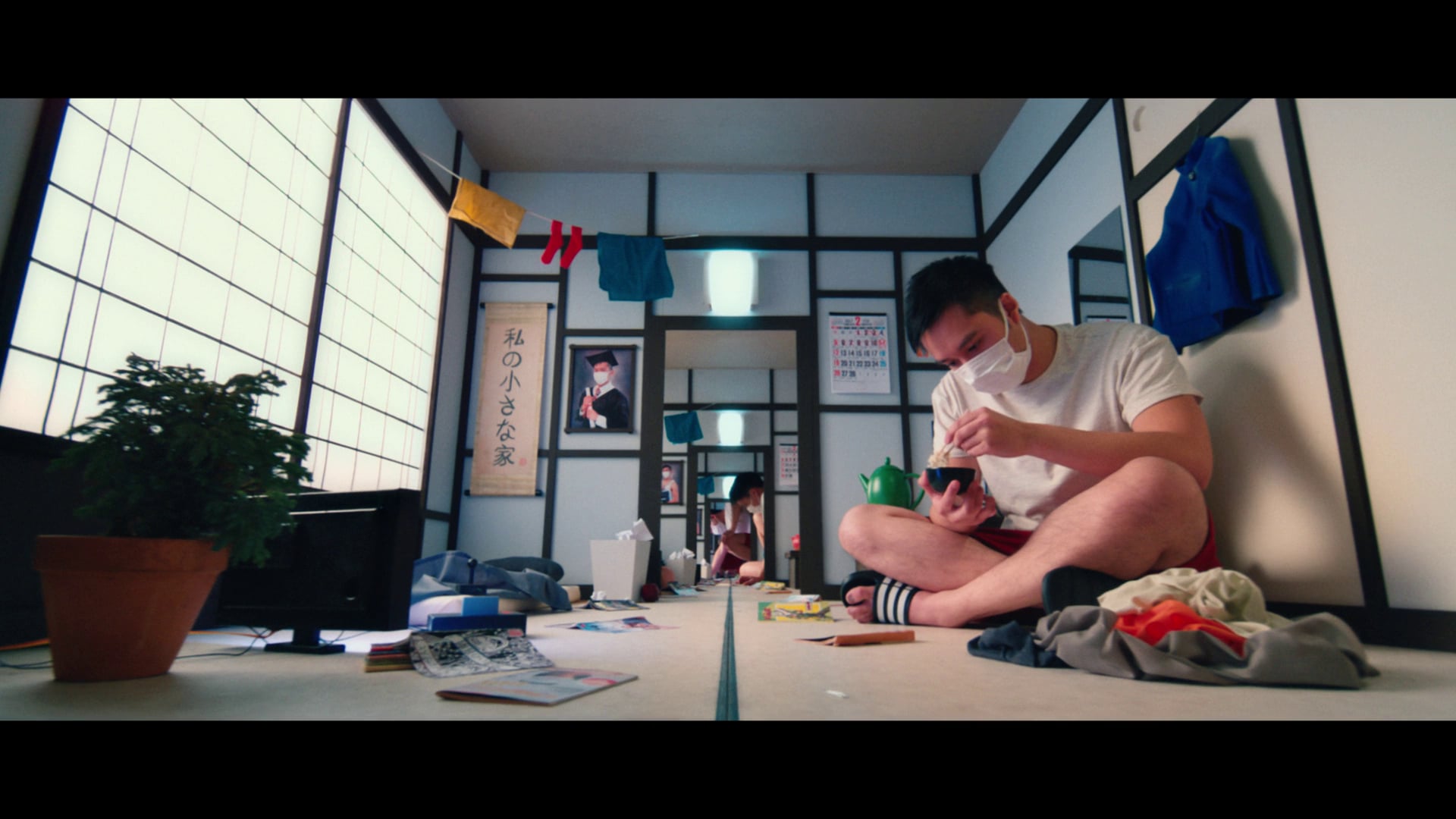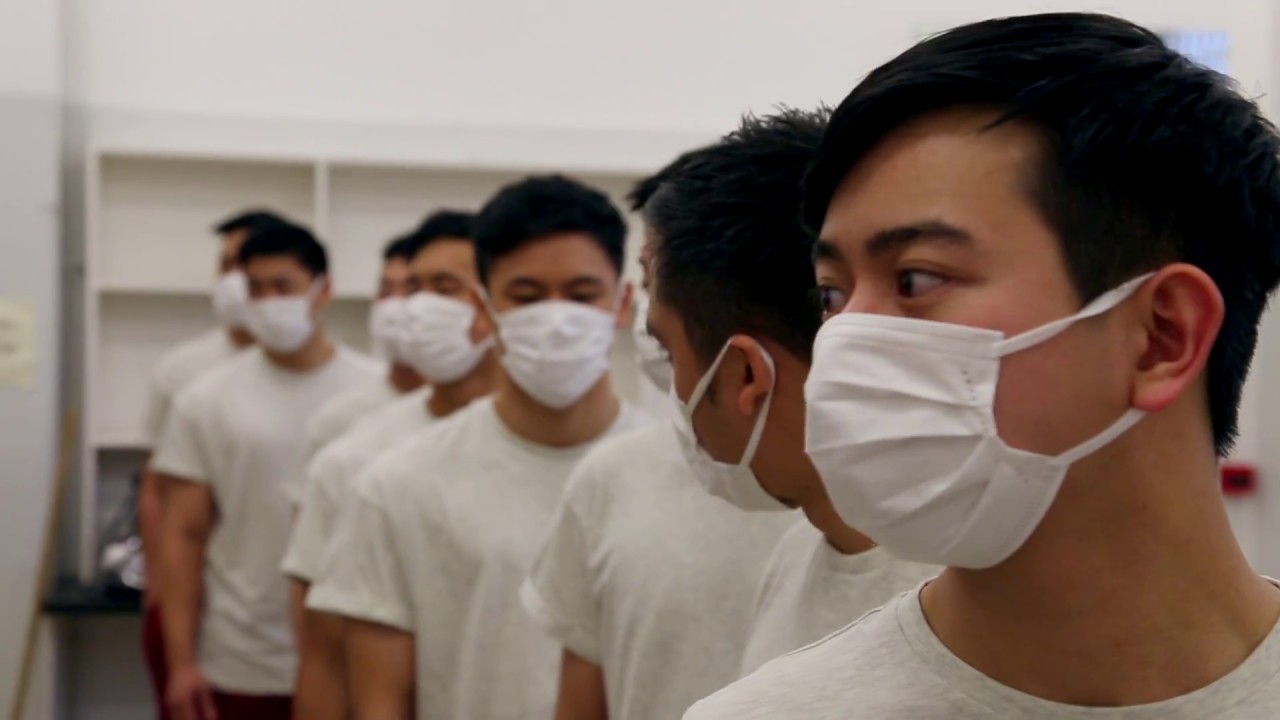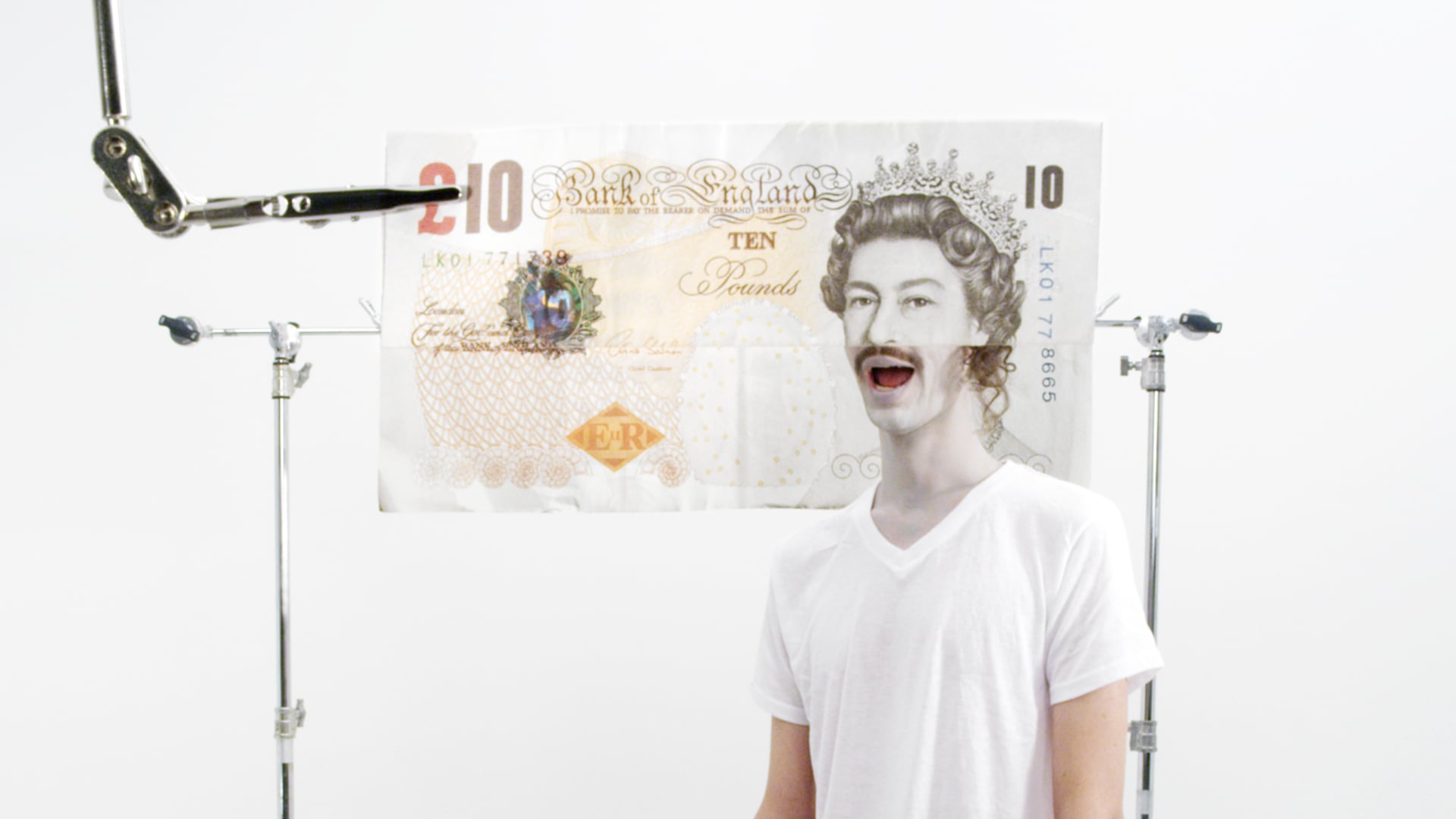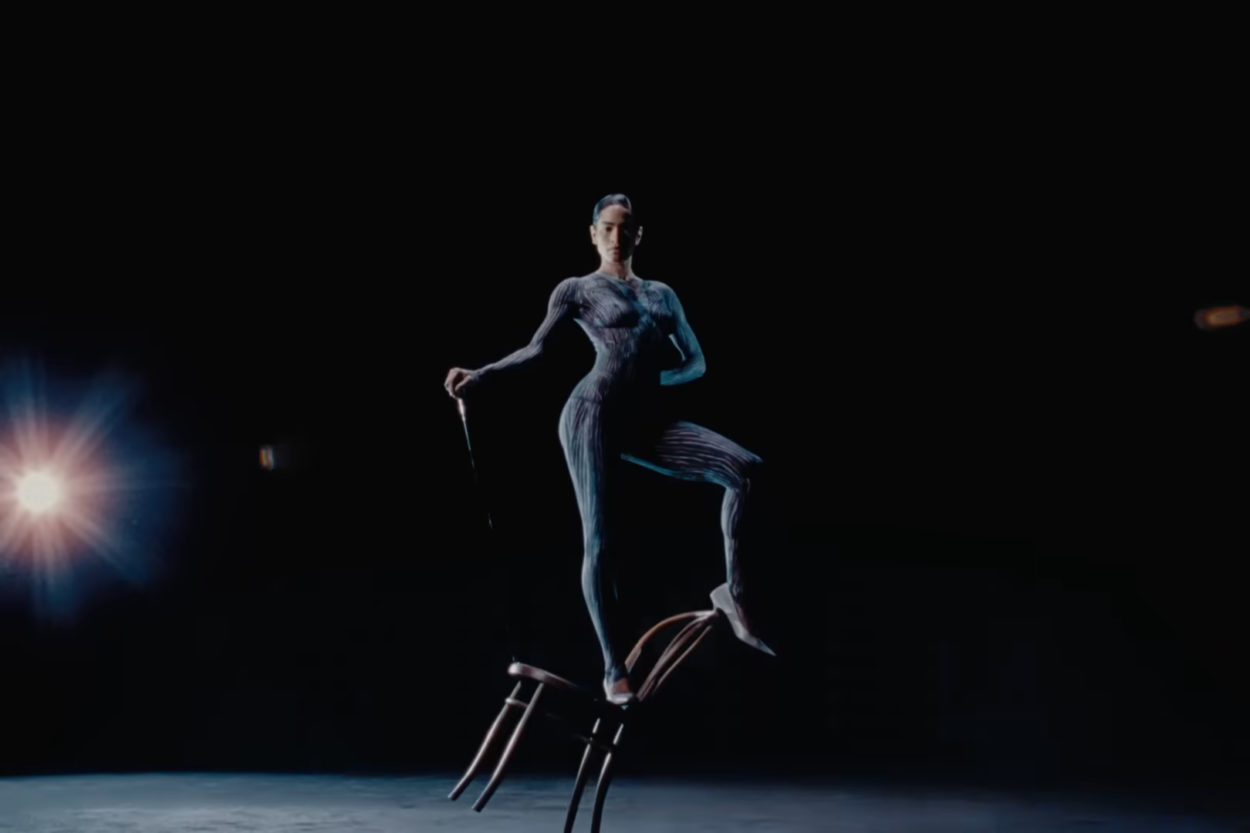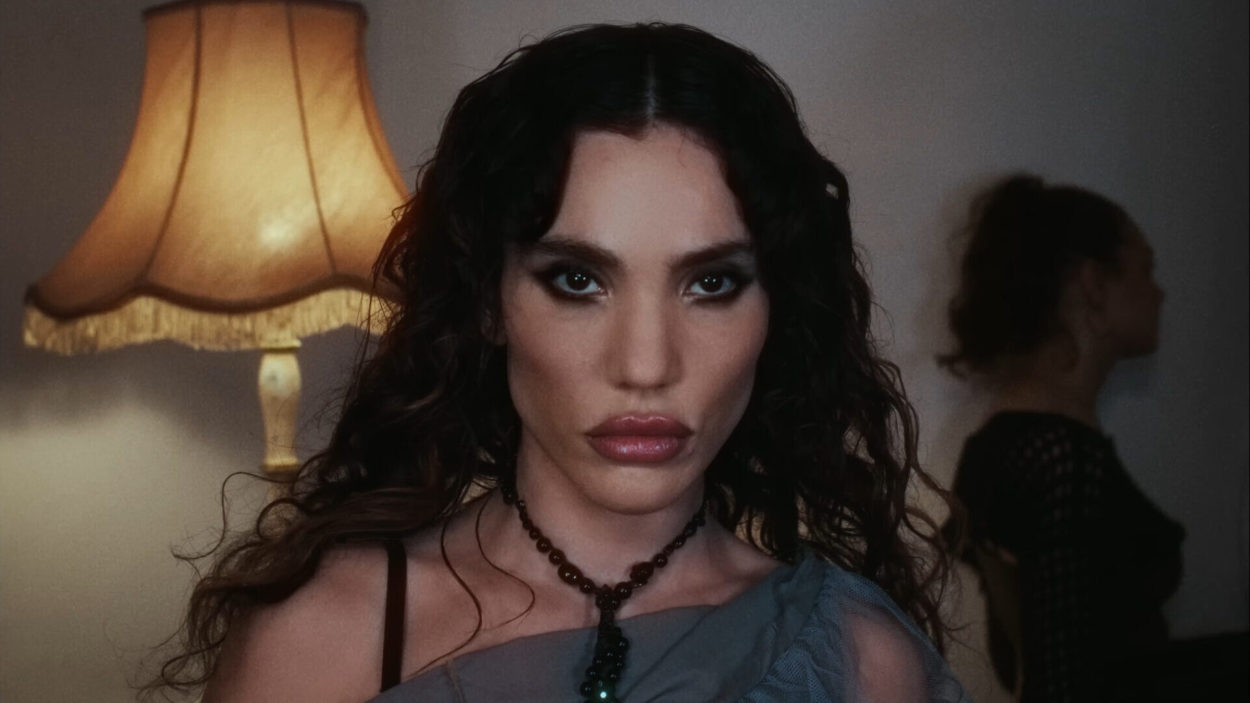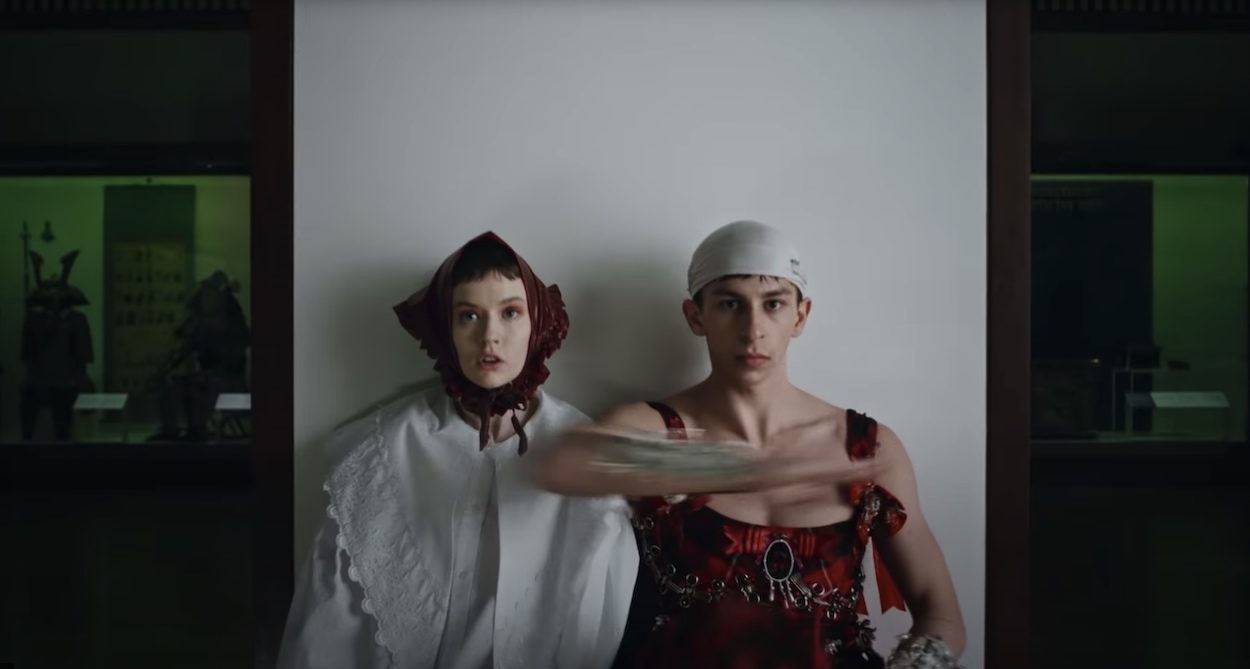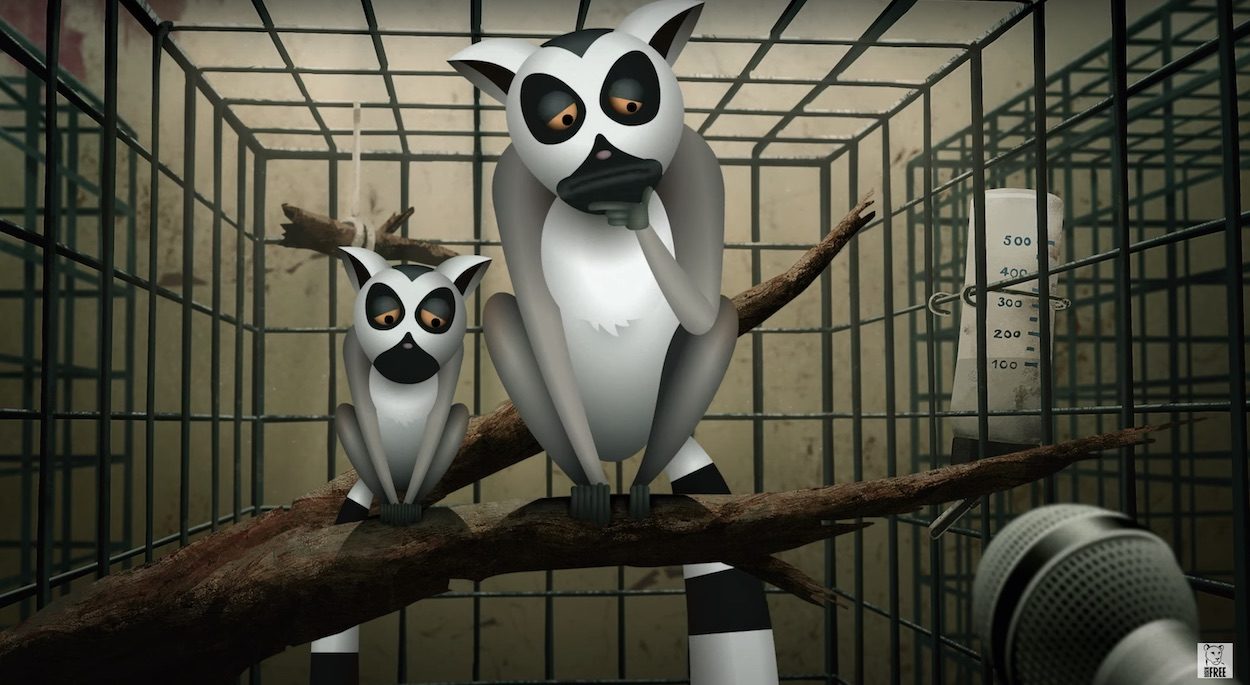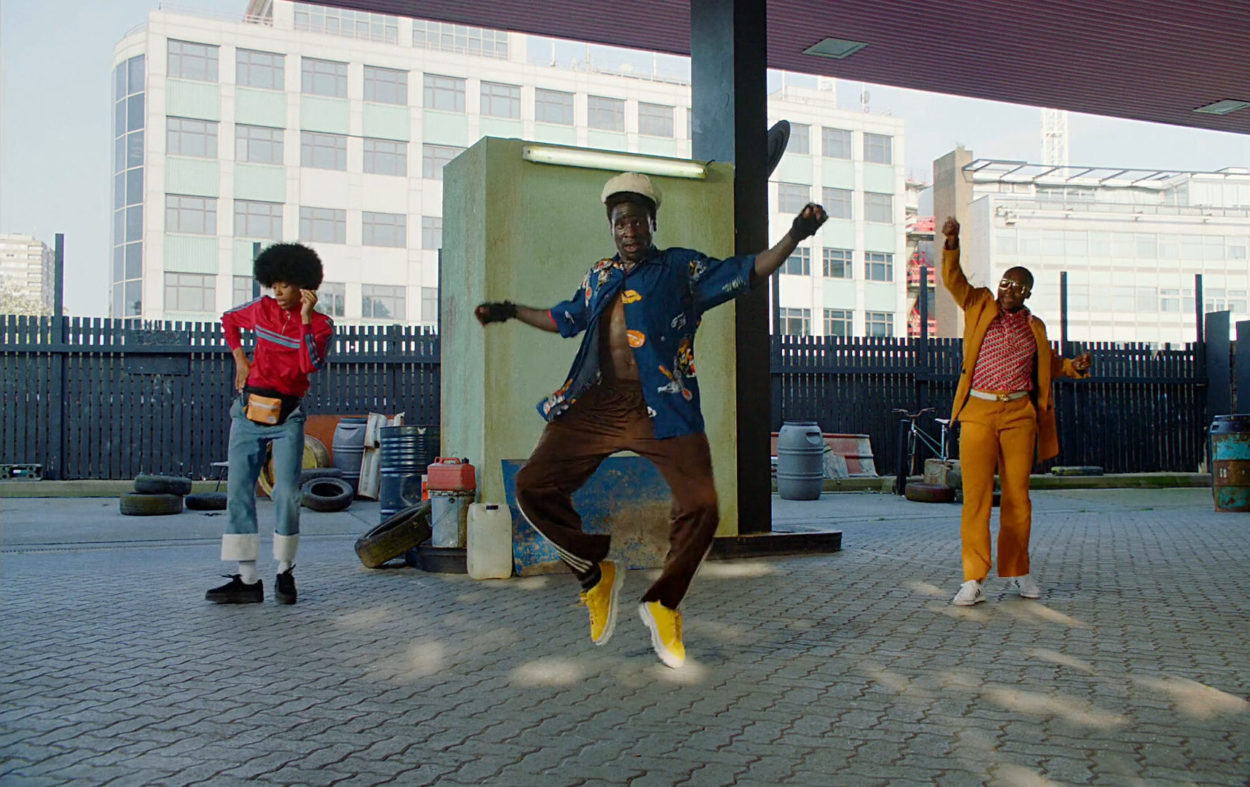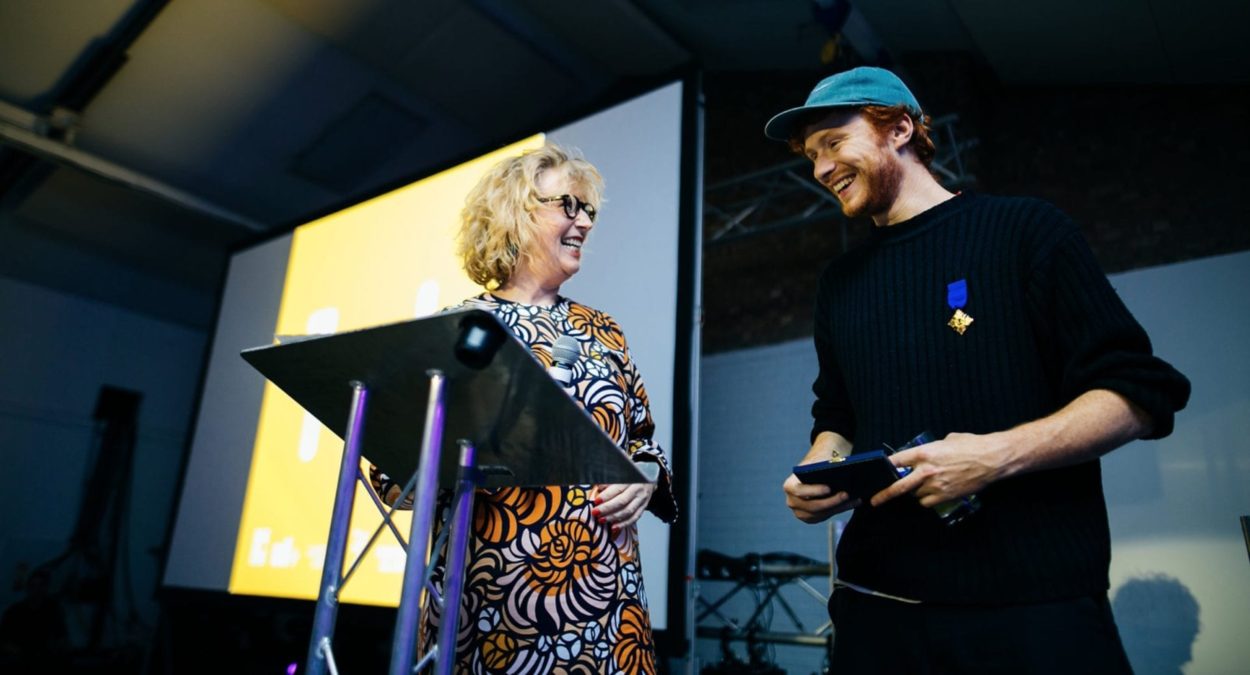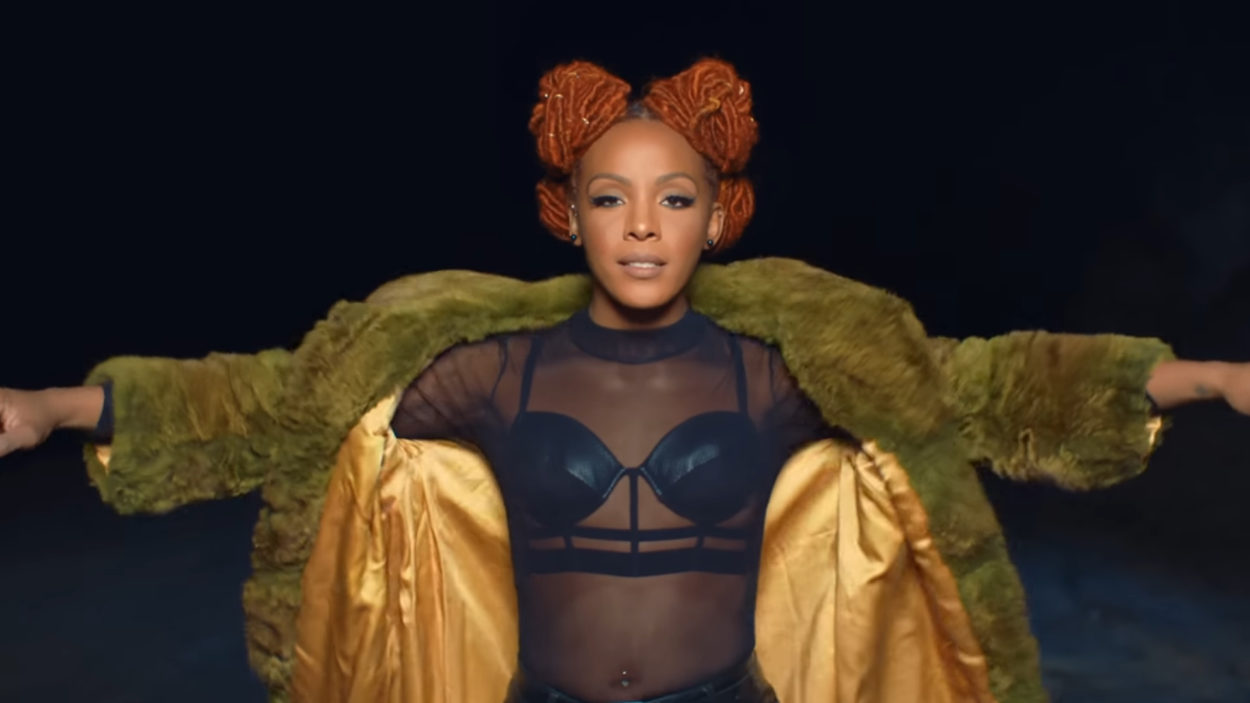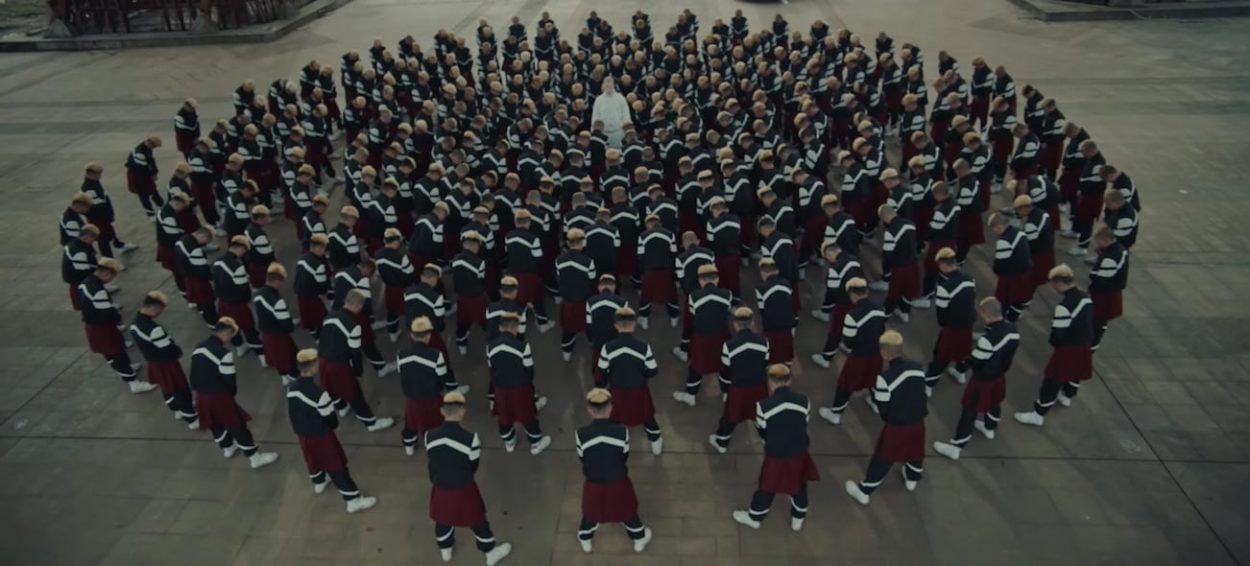Each film you make has a different magic and yet apparently you don’t use CGI. At what point do you know your “technical” idea is going to work? For instance the use of a thermal camera in your latest Holy Ghost for Young Fathers and the rolling camera effect in Young Thug’s Homie must have taken considerable experimentation?
I’ll only suggest an idea if I have a good understanding of how I’m gonna pull it off. I also generally try to avoid writing scripts that depend upon processes I don’t properly understand myself – which is probably why my films can often be quite light on post-FX.
But experimentation is definitely at the heart of my approach to filmmaking and more often than not my crew and I are trying to pull something off that is totally new to all of us. Of course there is a leap of faith involved with working like that- but it is so important to me to feel like I’m trying to contribute work that is a little bit unusual or visuals that are lesser-seen and that means having to explore strange and often impractical corners of filmmaking. I definitely put a lot of stock in the actual process & experience of making a film – if it’s really hard work or feels completely mad then I think that means you’re onto something good. It’s much more fun doing new things rather than repeating old safe bets right?
Young Fathers was as much about research than experimentation – getting stuck into the cryptic and alien world of surveillance technology, finding out what crazy cameras are out there and then painstakingly getting access to one of them. That said though, the shooting process that followed was a huge experimental leap into the unknown.
Young Thug was borne out of messing around with bits of wood, elastic bands and my iphone. I was trying to design a pendulum style camera rig and one thing led to another and next thing I knew there were cannibals on the ceiling…
In the Behind the Scenes film on Bonobo’s No Reason (see in video gallery above) you mention “Pushing it beyond where you think it’s possible”. Do you see the bigger picture or effect that you want to achieve and work back from that or does the final effect tend to evolve as you experiment?
It’s a bit of both at the same time… I think. The way I think about it, I take a particular thing I like – be it a camera technique, a set idea or a conceptual approach or whatever… and then I’ll try and build a film up on top of that thing – writing a narrative that plays into the strengths of the thing. With Bonobo the ‘thing’ was using a small camera to push through shrinking & repeating rooms – the narratives of the hikikomori came afterwards. Likewise with Young Thug – the ‘thing’ was the spinny rig- and putting people on the ceiling and sweeping over a dinning table were just the answers to the narrative challenges that that kind of camera move presents.
On a recent project someone suggested to me that we ought to reconsider a particular approach as ‘we didn’t want to let the tail wag the dog’ which got me thinking because I actually think my approach to filmmaking is often about taking a particular wagging tail and sculpting the most perfect, bespoke wag-able dog to fix onto it.
How important is collaboration to you? Is there a creative short-hand between your regular collaborators such as cinematographer Ruben Woodin-Dechamps and art director Luke Moran Morris?
It’s very important. In the first instance I love those two guys because they’re my dear friends. After that I happen to know that they are extremely dedicated, focused and talented people who have a genuinely uncommon amount of enthusiasm for what they do. They’re a credit to any project they’re involved with and I’m not just blowing hot air about my pals in the press – anyone whose worked with them will agree. It’s an attitude thing as much as an ability thing. Other than that I also think we have all earned each others trust to the extent that I know when we sign up to work together we’re going all in and (quite reasonably) that is not something you can automatically expect from all collaborators.
Even before the high-end recent music videos such as Radiohead and Bonobo, your earlier work such as Choreograph for Gilligan Moss or The Mess She Made for Darwin Deez also shows an ability to create hugely complex scenarios. Can you see a thread running back to your childhood that shows a talent for figuring out how to make things work?
Yeah probably. I grew up on brio (wooden train sets for those unfortunately enough not to know…) and would spend hours with my head on the floor designing complicated rail networks and even more complicated stories to play out on them. Then as a teenager I moved onto Football Manager (a very addictive and cerebral, data-based football management game for anyone fortunate enough not to know) which I was actually rubbish at but loved nonetheless. But yeah, I always loved inventing games to play and my early home videos, as well as jackass stunts are full of little editing/camera tricks. My GSCE art projects were all weird process driven experiments too. I should really try and dig all that stuff up…
Did you go to film school or did you learn on the job?
No film school for me. I studied Social Anthropology at University but I actually think it’s a great degree for folks interested in film. It’s a discipline all about the very idea of perspective and how to responsibly go about the act of representing other people and their lives – obviously these are relevant skills for any filmmaker.
Before going ‘on the job’ I learnt the basics of film, how to shoot and edit etc, when I was about 12 by making skate videos with my friends. Initially I thought maybe I’d be an editor but at some point close to the end of Uni I bought a very basic DSLR and I found myself becoming a one-man-band type filmmaker making all kinds of content for online magazines. Slowly but surely projects started getting bigger and better and next thing you know people start calling you a ‘director’.
Your documentary work is more narrative based although of course nothing is simply a linear tale! One of our all time favourite documentaries is A Second World. It’s beautiful, cinematically and emotionally. Please tell us how this film came about and evolved.
Thank you! That means a lot to me as it’s definitely still one of the films I’m most proud of. It’s the closest I’ve come to using my degree properly and being an actual Anthropologist! I co-directed that together with Ruben WD who had met the film’s main character Ljuba whilst out in Serbia the previous year. We spent three weeks living in the back of a Ford Transit van and driving around ex-Yugoslavia hunting for semi-mythical abandoned monuments many of which were definitely not on the map. It’s all shot on 5Ds, and aside from a translator, Ruben and I were the only two crew members – we did everything on that film ourselves and I’m proud of it for those reasons as well, it was a proper adventure and a proper hustle.
If you haven’t seen the film it’s a doc covering two parallel stories – one on a series of abandoned Yugoslav monuments and the other on Ljuba, an old Serbian man who communicates with a galaxy of communist aliens. We went out there initially to do more of a character piece on Ljuba and his alien universe – hoping to use the abandoned monuments as strange other-worldly visuals to illustrate his world. But immediately it became obvious there was a much, much more interesting and poignant film to be made about the the very Yugoslavian sense of nostalgia and dislocation embodied in these monuments as well as in Ljuba himself.


